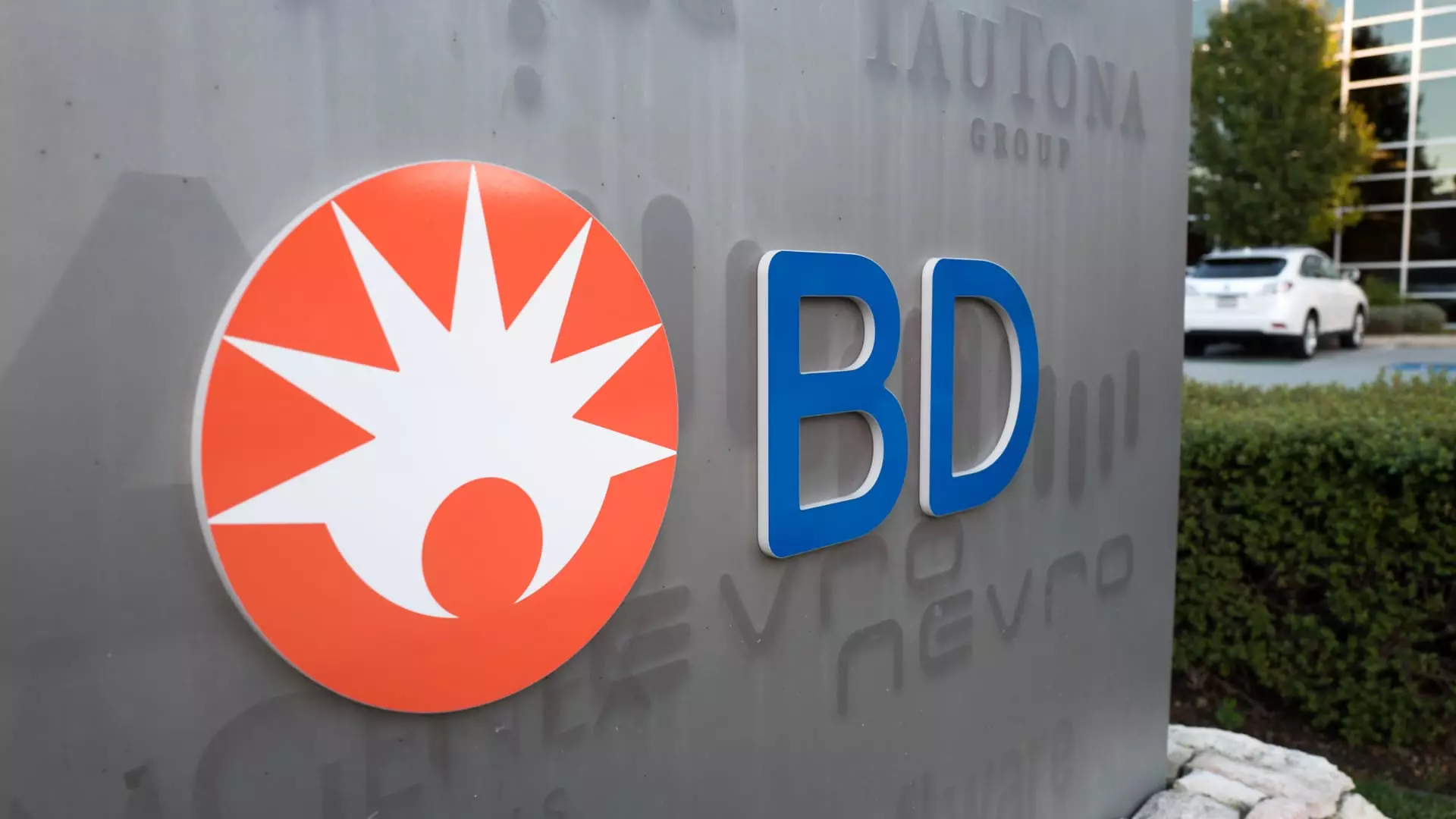Becton Dickinson (BDX) is a notable player in the global health care landscape, manufacturing and selling invaluable medical supplies, devices, and diagnostic products. Its sprawling business operations fall into two well-defined categories: MedTech and Life Sciences. This duality allows Becton Dickinson to effectively serve a wide range of clients, from healthcare institutions and clinical laboratories to pharmaceutical companies and life science researchers worldwide. As of October 2023, the company has a formidable market capitalization of approximately $66.65 billion, with each share valued at around $229.85. Such figures indicate not just solid performance but the necessity for strategic analysis regarding the company’s organizational framework.
Recently, Becton Dickinson attracted attention from Starboard Value, a prominent activist investment firm renowned for its success in instigating operational efficiencies and promoting margin growth across various industries. In the realm of healthcare, Starboard has previously initiated campaigns in 24 companies within the sector, yielding an average return of 17.65%, well above the Russell 2000 index average. On February 3, Starboard disclosed its stake in BDX, advocating for the separation of the Life Sciences division from MedTech. The firm argues that the current organizational structure dilutes the inherent value contained within each division, especially given their distinct growth rates and financial metrics.
To comprehend the implications of Starboard’s activism, one must dissect the performance metrics associated with Becton Dickinson’s two primary business segments. The MedTech unit encompasses products such as infusion pumps and prefilled syringes, and is currently experiencing a growth rate in the mid-single digits, contributing $15.1 billion to revenue, which translates to an EBITDA of $6.7 billion. In contrast, the Life Sciences division, though structurally stable and perceived to be insulated from economic cyclicality, has experienced slower growth with revenues reaching $5.2 billion and an EBITDA of $2 billion. The divergence in growth rates—coupled with their varying valuation multiples—highlights a structural inefficiency within the combined entity.
With MedTech measuring around 13-14 times EBITDA and Life Sciences upwards of 20 times, the market currently values the conglomerate closer to the lower-performing sector. This is emblematic of a broader issue of mismatch among organizational assets that should ideally thrive independently.
The fundamental argument for separating Becton Dickinson’s Life Sciences segment lies in the potential for value creation. Should the divisions operate independently, the MedTech sector might realize a valuation driven by its superior growth dynamics, while Life Sciences could harness its market stability to justify higher multiples. Analysts believe that such a separation has the potential to elevate the total combined valuation above $110 billion—an attractive proposition for shareholders.
Furthermore, allowing individual management teams the autonomy to focus on distinct market dynamics presents an opportunity for operational optimization. Activist investors like Starboard stress the importance of aligning leadership objectives with the segments they oversee. In BDX’s case, this means delivering tailored resources, unlocking new strategies, and ultimately ensuring that profitability is maximized.
The prevailing sentiment within the investment community appears to be twofold: recognition of the inherent value trapped within Becton Dickinson’s two separate businesses and skepticism surrounding the effectiveness of an activist approach. While Starboard has effectively opened a dialog concerning the potential separation, BDX has already initiated discussions regarding such a move, suggesting that it is receptive to the call for change.
If successful, the restructuring of Becton Dickinson may not only provide immediate stockholder benefits but also long-term advantages for the healthcare sector, as it allows for stronger strategic positioning amid increasing competition. Life Sciences is projected to balance its expected valuation near the $30 billion mark, albeit slightly beneath the average market expectations because of the remaining assets dependent on MedTech for synergies. The trajectory post-separation will likely yield insights into the viability of focused management approaches within the healthcare industry.
As Becton Dickinson navigates a pivotal moment in its corporate history, the strategic separation recommended by Starboard Value could serve as a watershed moment not only for the organization but also for investors and stakeholders interested in the long-term evolution of the healthcare market. Through operational focus, distinct market navigation, and the optimization of leadership roles, the company may substantially enhance its market value while adapting to the rapidly changing landscape of medical technology. The journey ahead holds significant promise, contingent upon decisive action and a clear strategic vision.

